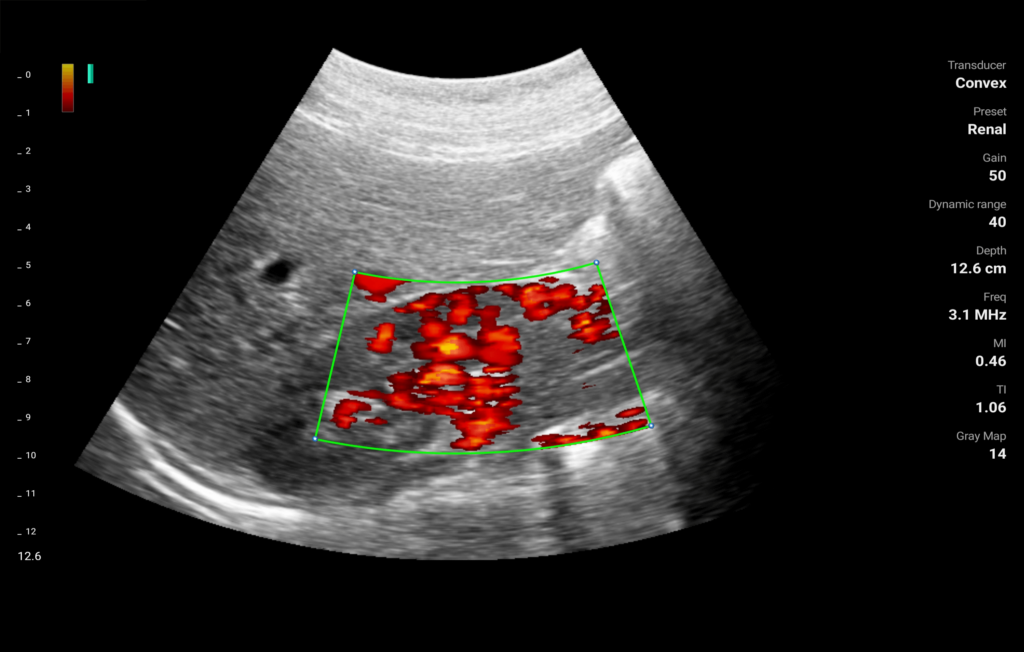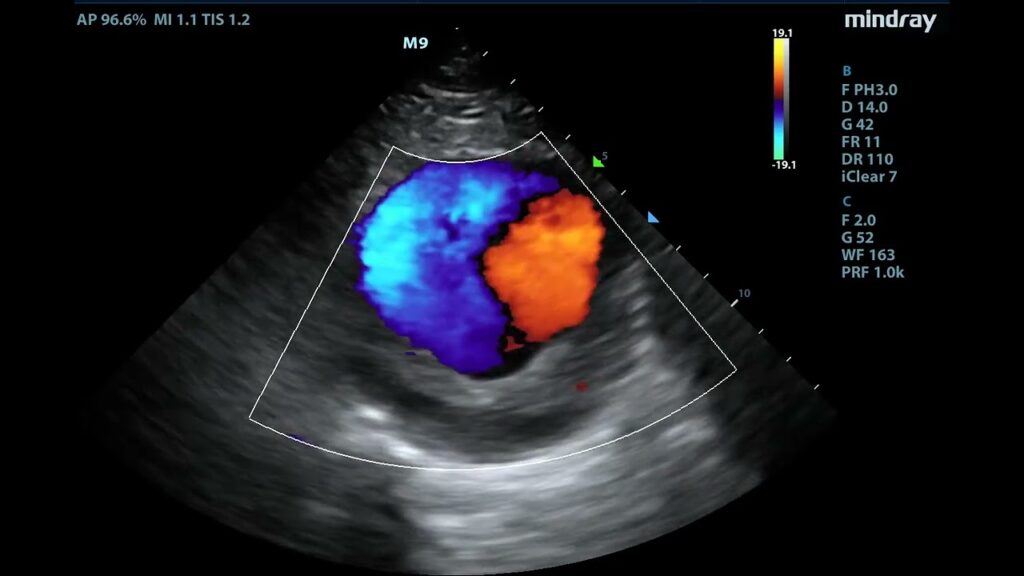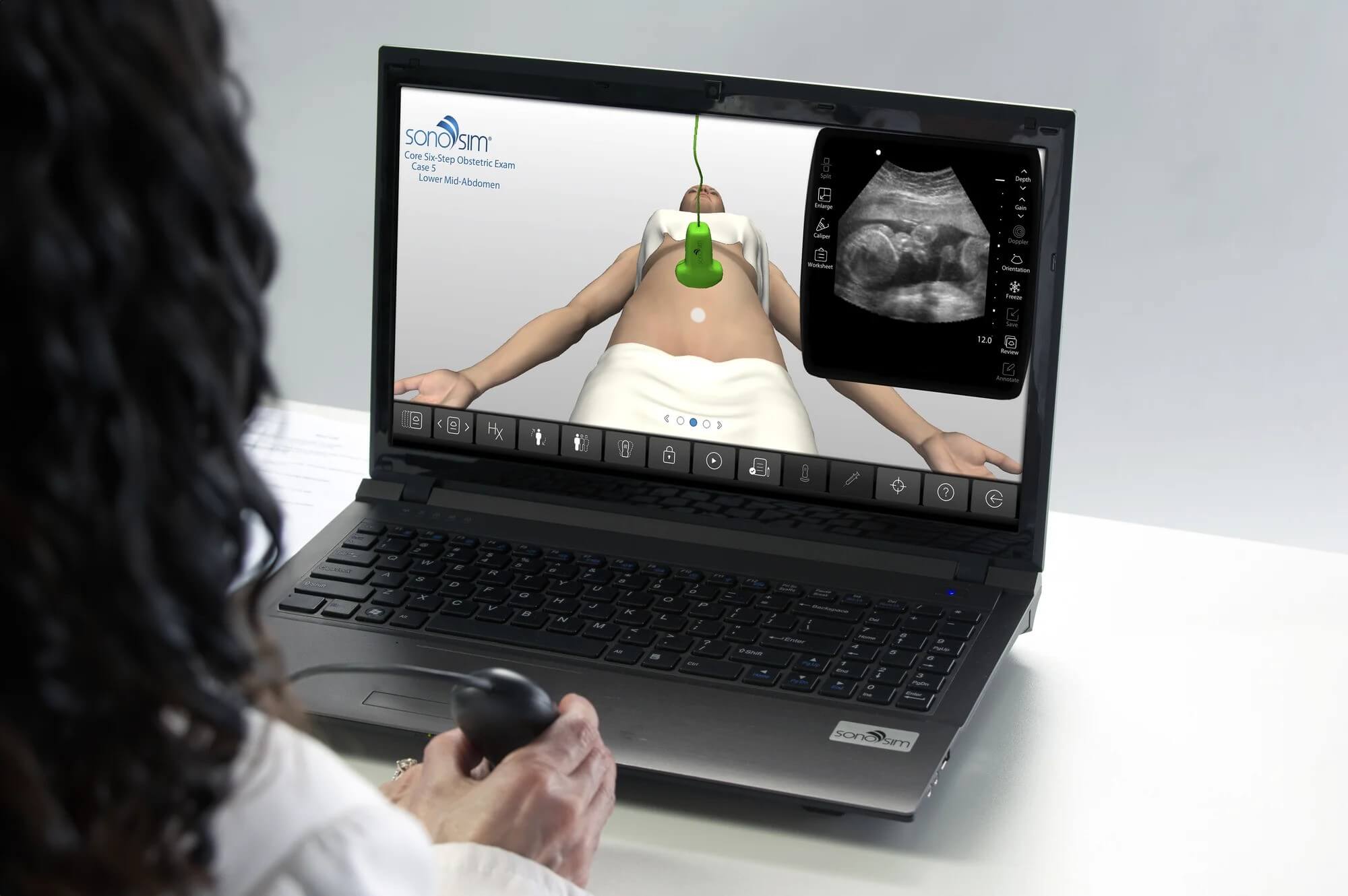Ultrasound technology has evolved to offer a range of imaging modes, each providing unique insights into the structure and function of internal tissues, organs, and blood flow. Selecting the appropriate ultrasound mode is crucial to obtaining accurate and detailed images for diagnostics. Here, we explore the various ultrasound modes, including their uses, advantages, and specific applications in medical imaging.
What Are Ultrasound Modes?
Ultrasound modes are distinct imaging techniques within ultrasound technology, each designed to capture and display different types of information. These modes vary in the way they process sound waves, the resulting image format, and their suitability for specific diagnostic purposes. Understanding the capabilities of each mode allows healthcare professionals to tailor ultrasound examinations based on the area being examined and the information required.
Primary Ultrasound Modes and Their Applications
A-Mode (Amplitude Mode)
A-Mode is the simplest form of ultrasound imaging, producing a one-dimensional graph that represents the amplitude of sound waves as they encounter tissues at varying depths. This mode does not create a two-dimensional image but instead plots spikes representing echoes returned from different depths.
- Applications: A-Mode is primarily used in ophthalmology to measure distances within the eye, assess axial length, and help in determining lens placement in procedures like cataract surgery.
B-Mode (Brightness Mode)
B-Mode, or brightness mode, is the most common ultrasound imaging mode. In B-Mode, echoes are displayed as bright spots, with the brightness level corresponding to the intensity of the reflected sound waves. This creates a two-dimensional grayscale image of the internal structure, offering real-time visualization of organs and tissues.
- Applications: Widely used in abdominal, obstetric, and gynecological imaging, B-Mode is essential for visualizing organ structure, diagnosing conditions, and guiding procedures.
M-Mode (Motion Mode)
M-Mode, or motion mode, captures movement over time, producing a single-dimensional graph that shows tissue motion. By tracking moving structures, M-Mode provides crucial information on the dynamics of organs, particularly in cardiac imaging.
- Applications: M-Mode is frequently used in cardiology to measure heart wall motion, evaluate valve function, and monitor heart activity in real time.

Doppler Mode
Doppler ultrasound is a specialized mode that measures the velocity and direction of blood flow. Using the Doppler effect, this mode calculates changes in frequency as sound waves interact with moving blood cells, which is then displayed in various formats like color or spectral waveforms.
Types of Doppler Mode:
- Color Doppler: Displays blood flow direction and speed in color, helping to identify abnormalities.
- Spectral Doppler: Provides a graphical representation of blood flow velocity, often used for measuring blood pressure within vessels.
- Power Doppler: Captures the presence of blood flow with higher sensitivity, useful for identifying small vessels and low-flow regions.
- Applications: Doppler ultrasound is essential in vascular imaging, cardiology, and fetal assessments, where it helps diagnose vascular blockages, heart conditions, and placental issues.
3D and 4D Ultrasound Modes
- 3D Ultrasound: Creates a three-dimensional image by combining multiple two-dimensional B-Mode images. The result is a more detailed representation of structures, allowing a comprehensive view of anatomical features.
- 4D Ultrasound: Adds the element of time to 3D ultrasound, creating real-time images that show movement.
- Applications: 3D and 4D ultrasound modes are primarily used in obstetrics for fetal imaging, as well as in orthopedics, gynecology, and oncology for a more detailed anatomical study.
Elastography Mode
Elastography is a specialized ultrasound technique that assesses tissue stiffness by applying a slight pressure or using natural organ movement. The resulting data highlights areas of different stiffness levels, helping to detect abnormal tissues like tumors.
- Applications: Widely used in oncology, particularly for breast, liver, and thyroid examinations, elastography assists in detecting tumors, fibrosis, and other structural abnormalities that differ in elasticity from surrounding tissues.

Comparing Ultrasound Modes: Choosing the Right Mode for Diagnosis
Choosing the appropriate ultrasound mode depends on the diagnostic goal:
- For Structural Imaging: B-Mode is ideal for general anatomical assessment and real-time imaging.
- For Motion Analysis: M-Mode provides dynamic motion data, particularly valuable in cardiac evaluations.
- For Blood Flow Assessment: Doppler ultrasound modes (Color, Spectral, and Power Doppler) are essential in vascular and cardiovascular imaging, offering detailed information on blood flow characteristics.
- For Advanced Detail: 3D and 4D ultrasound modes add depth to imaging, useful for comprehensive anatomical studies in obstetrics and oncology.
- For Tissue Stiffness: Elastography is a specialized choice, allowing differentiation between normal and abnormal tissue elasticity, which is crucial in cancer diagnostics.
Advancements in Ultrasound Modes
Innovations in ultrasound technology are continuously improving the precision and application of these modes. Recent advancements include:
- AI-Enhanced Ultrasound: Artificial intelligence is being integrated into ultrasound machines to enhance real-time image quality, automate measurements, and improve diagnostic accuracy.
- Contrast-Enhanced Ultrasound: Ultrasound contrast agents, when combined with certain modes like Doppler, can increase clarity and detail, enhancing vascular imaging capabilities.
- Fusion Imaging: By combining ultrasound with other imaging modalities such as MRI or CT, fusion imaging provides comprehensive views, particularly useful in complex diagnoses and surgical planning.
Tips for Optimal Ultrasound Imaging
To achieve the best imaging results, keep these tips in mind:
- Select the Appropriate Mode: The chosen mode should align with the diagnostic goal, be it structural assessment, flow analysis, or dynamic imaging.
- Adjust Settings Accordingly: Each ultrasound mode may require specific settings for optimal image capture. Adjust gain, depth, and focus settings as needed.
- Maintain Good Probe Contact: Proper probe handling and contact with the skin ensure clearer, more accurate images.
- Follow Safety Guidelines: Always adhere to ultrasound safety protocols to protect both the patient and operator from prolonged exposure or unnecessary discomfort.
Conclusion: The Role of Ultrasound Modes in Comprehensive Diagnostics
Understanding and utilizing different ultrasound modes is essential for delivering precise diagnostic insights and enhancing patient care. From capturing fine anatomical details to monitoring blood flow, ultrasound modes provide a versatile, non-invasive solution for diverse medical needs. As ultrasound technology advances, these modes will continue to play a pivotal role in diagnostic imaging, supporting healthcare providers in making informed, effective clinical decisions.
More to read: Ultrasound Contrast Agents Enhancing Diagnostic Precision and Image Clarity

